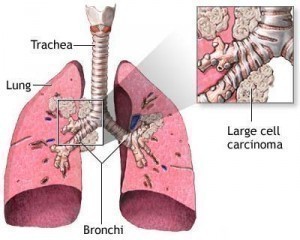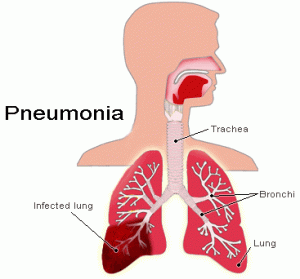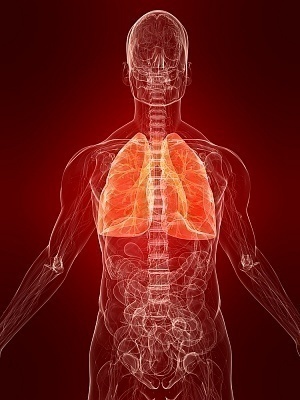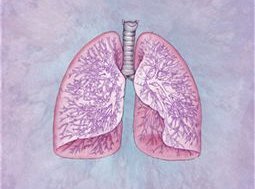Chronic Obstructive Pulmonary Disease
Definition of Chronic Obstructive Pulmonary Disease
Chronic obstructive pulmonary disease (COPD) is generally associated with the diseases emphysema and chronic bronchitis. These two diseases involve characteristic chronic obstruction of the airways within the lungs subsequently affecting airflow. The obstruction is likely to be permanent and will progress with the passage of time.
Causes of Chronic Obstructive Pulmonary Disease
Some factors may increase the risk of developing chronic obstructive pulmonary disease. A few of these factors are listed below.
- Smoking contributes to an estimated 90% of COPD cases. It affects just about 15% of smokers. The death rate for smokers is also higher than for non-smokers affected by the condition and in general they also tend to have respiratory symptoms more often and experience a greater degree of damage to lung function.
- Second hand smoke has been suspected although the exact figures for those affected by the disease because of second had smoke has not been established.
- Air pollution may provoke COPD symptoms. Outdoor air pollution has not been determined to cause COPD but will irritate the condition. Indoor air pollution however, has been linked to the development of COPD specifically from exposure to pollutants from indoor cooking with stoves.
- Occupational hazards such as exposure to silica and cadmium appear to elevate the risk of developing COPD. This is typically an issue for construction workers, cotton workers, coal miners and metal workers among others.
- The rare inherited genetic flaw which causes a deficiency of alpha-1 antitrypsin (AAT) has been identified as a cause of COPD. It accounts for below 1% of COPD cases in the United States.
Symptoms of Chronic Obstructive Pulmonary Disease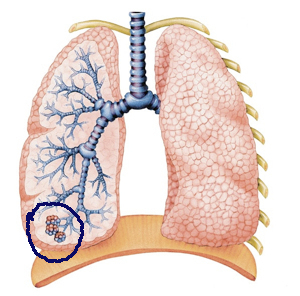
As chronic obstructive pulmonary disease develops, it progresses to a stage where symptoms become more evident. These symptoms will include the following:
- Shortness of breath (dyspnea) that will occur after physical activity. It is often the primary symptom in emphysema. As the disease progresses and worsens it will start to affect the individual when resting.
- The major symptom that may be observed in chronic bronchitis is persistent coughing and the appearance of sputum. This sputum will be clear and dense.
- Because the body becomes more susceptible to infection the possibility of developing other symptoms may occur and will include: fever, wheezing and purulent (discoloured and cloudy sputum) in conjunction with typical symptoms such as shortness of breath and coughing. These symptoms will happen more often as bronchitis progressively worsens.
- Cyanosis (a bluish discolouration of the nail bed and lips) may appear.
- The individual may suffer from headaches in the morning as a result of accumulated carbon dioxide that is not removed effectively from the blood.
- There may be possible weight loss.
- Probable heart failure may develop because of the additional stress placed on the heart. Usually this will be associated with oedema or swelling of the abdomen and ankles.
- Hemoptysis or coughing up blood may also occur.
Treatment of Chronic Obstructive Pulmonary Disease
COPD treatment will involve the following:
- Method to prevent further degeneration of lung function will be applied.
- Alleviating symptoms with medications such as corticosteroids. These drugs may be taken orally as a pill or syrup or using a metered-dose inhaler (MDI).
- Eliminating smoking will be advised. Because this may be difficult to do the doctor may recommend nicotine patches or other methods that may assist in the process.
- Pulmonary rehabilitation to extend survival rates.
- Ensuring that the individual is vaccinated for influenza and pneumonia.
- Oxygen supplementation which will be used to assist breathing.
- Medications which may be used to lessen inflammation for example bronchodilators.
- Other methods that will improve the overall quality of life that may include reducing indoor pollutants and avoiding other triggers of symptoms.

